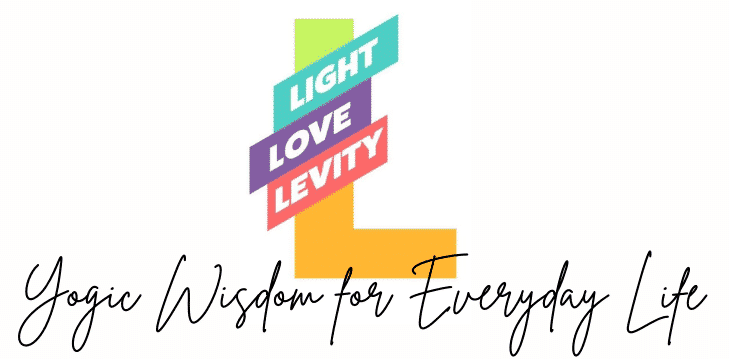As humans, we are all susceptible to feelings of guilt and shame. Together, we can learn to systematically let go of what is systemically programmed into us.These emotions are a natural part of the human experience, but sometimes they can be overwhelming. It’s fair to say that we may even struggle to let go of them. Recently, a conversation with a close friend inspired me to re-examine how we effectively learn to systematically let go of what was programmed into us in our formative years. I found this re-examination so insightful that I knew I had to write this up to share with you.
Understand Where Guilt & Shame Come From
Guilt and shame are often closely linked, but they are not the same thing. Guilt is the feeling of regret or remorse that we experience when we have done something wrong. It signals that something doesn’t align with our values or beliefs and motivates us to make amends or change our behavior. On the other hand, shame is the feeling of unworthiness or inadequacy we experience when we believe something is fundamentally wrong with us. Ultimately, it is a feeling that we are not good enough and can feel excruciating and isolating.
Examine Your Underlying Beliefs
Our ideas of guilt and shame are built up through socialization and cultural conditioning. In early childhood, our families, communities, and societies teach us what is right and wrong and what is acceptable or unacceptable in the culture of the world around us. Often, we internalize these message. As such, they become part of our core beliefs and values. For example, if we grow up in a culture that values productivity and success above all else, we may feel guilty or ashamed if we take time for self-care or prioritize our mental health. Similarly, if we grow up in a culture stigmatizing mental illness or addiction, we may feel ashamed of our struggles and hesitate to seek help.
Let Go Of What No Longer Serves You
The good news is that we can learn to let go of these feelings and beliefs that no longer serve us. We can challenge the messages that we have internalized and reframe them in a more positive and empowering way. We can also practice self-compassion and forgiveness, recognizing that we are all imperfect humans who make mistakes.
Recently, a friend and I were talking about our own experiences with guilt and shame. It really reminded me of the power of honest conversation and vulnerability. By sharing our struggles and supporting each other, we can learn to let go of the things that hold us back. This way, we are able to keep moving towards a more authentic and fulfilling life.
For today, I wish you to find the courage to detach from guilt and shame and find freedom in the present moment. Your true self is not defined by your past, but by the infinite possibilities of your future.
How Yoga Can Help
Yoga can be a powerful tool for helping people transcend the limitations of guilt and shame in their lives. The practice of yoga involves physical postures (asanas), breathing exercises (pranayama), and meditation techniques. All of these tools help us cultivate a greater sense of self-awareness, self-acceptance, and inner peace.
Here are some ways that yoga can help individuals overcome guilt and shame:
-
Increases self-awareness
- Yoga encourages individuals to become more attuned to their physical sensations, emotions, and thoughts. By developing greater self-awareness, individuals can begin to recognize when feelings of guilt and shame arise and learn to address them in a constructive way.
-
Cultivates self-acceptance
- Yoga teaches individuals to accept themselves as they are, without judgment or criticism. Through the practice of yoga, we learn to love and appreciate ourselves for who we are. We accept that we’re allowed to have made mistakes in the past.
-
Reduces stress and anxiety
- Yoga reduces stress and anxiety, which are significant contributors to feelings of guilt and shame. By calming the mind and body, individuals can gain a greater sense of control over their emotions and reactions.
-
Promotes forgiveness
- Yoga can help individuals develop a greater sense of compassion and empathy towards themselves and others. By practicing forgiveness and letting go of past mistakes, individuals can release the burden of guilt and shame and move forward with greater ease and freedom.
-
Builds resilience
- Through the physical and mental challenges of yoga, individuals can develop greater resilience and inner strength. This can help individuals overcome the negative effects of guilt and shame and build a more positive and fulfilling life.
Overall, yoga can be a powerful tool for overcoming the limitations of guilt and shame. By cultivating self-awareness, self-acceptance, and inner peace, individuals can move towards a greater sense of personal growth, healing, and transformation.
Namaste.
*Want to explore a little more? Check out the 6 Ways of Seeing through the yogic Shat Dharsanas, or visit our online course titled: A Yogi’s guide to Attitude and Perception
References:
- Brown, B. (2012). Daring greatly: How the courage to be vulnerable transforms the way we live, love, parent, and lead. Penguin.
- Tangney, J. P., Stuewig, J., & Mashek, D. J. (Eds.). (2007). Handbook of self and identity. Guilford Press.

